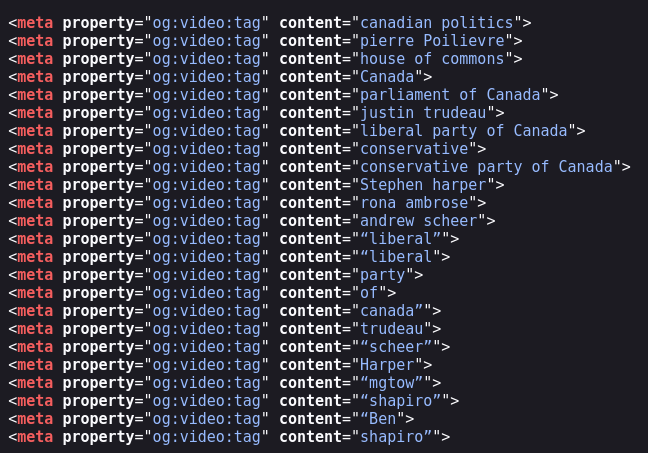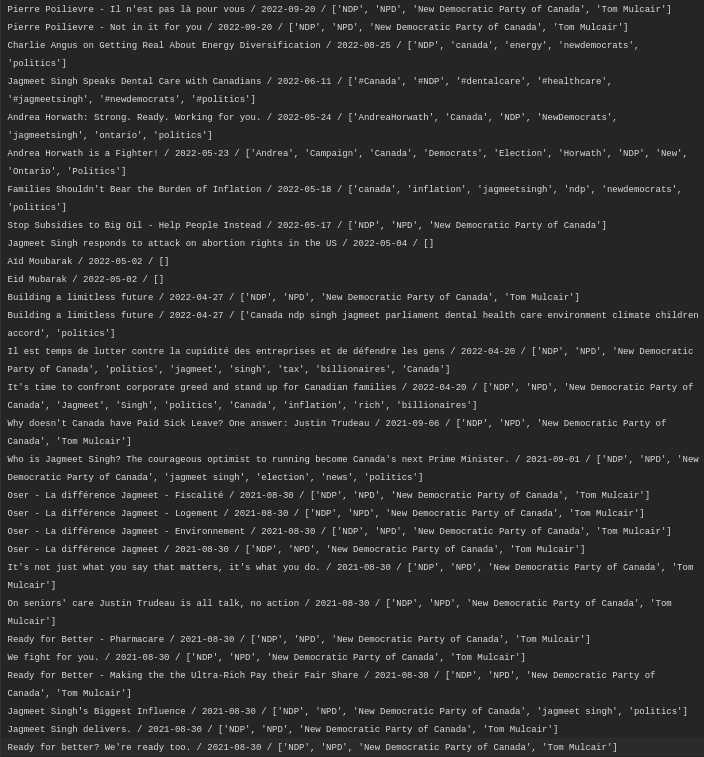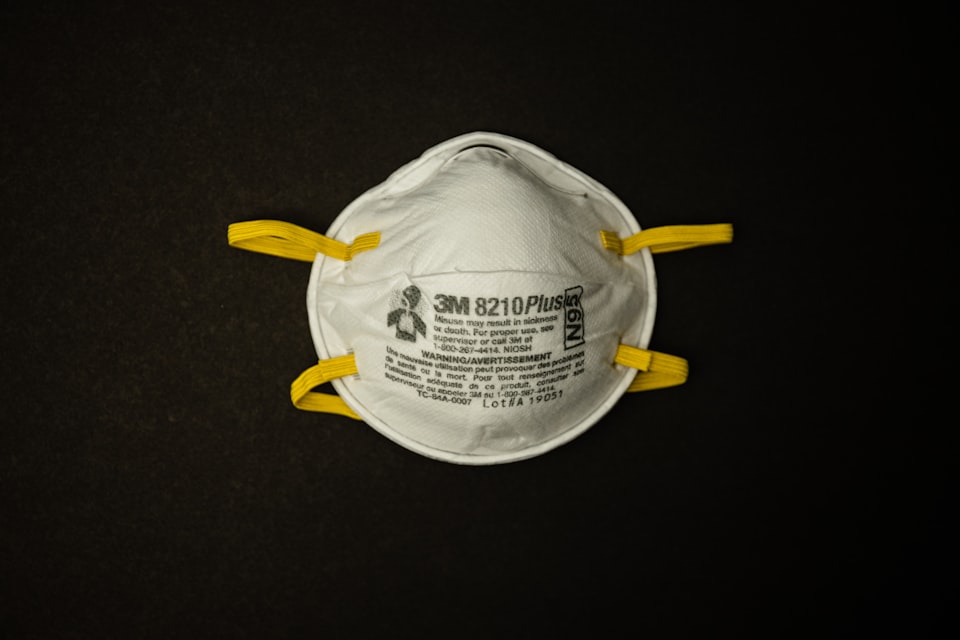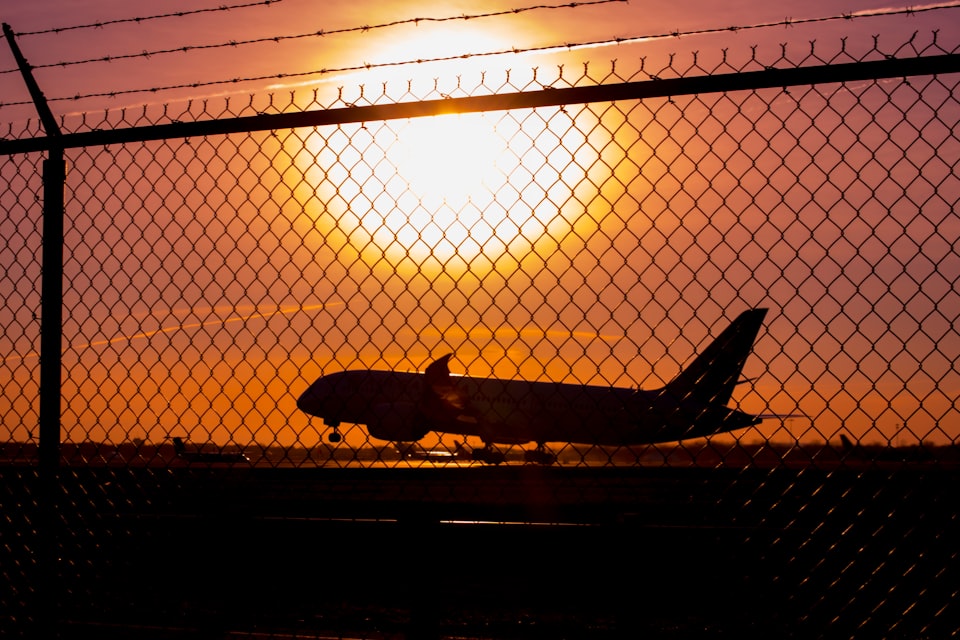Global News dropped a story this morning exposing Pierre Poilievre's YouTube channel for using the misogynistic "MGTOW" ("Men Going Their Own Way") tag in uploaded videos.
YouTube tags, which are embedded in the code of the webpage but not directly visible to the user, help YouTube search and search engines like Google to find videos relevant to particular subjects. Global News analyzed the latest 50 videos on Pierre Poilievre's YouTube channel (he has over 1,300 stretching back to 2011) and found the "MGTOW" tag was being used alongside more benign tags like "Rona Ambrose" and "Stephen Harper". After being informed of the offending tag, Poilievre's team removed it from the videos.
Predictably, Twitter is breathlessly commenting on the story by claiming that Pierre Poilievre is subtlety targeting the MGTOW audience by directly micromanaging the tags on his YouTube videos. The truth is probably more mundane.
In the story, Poilievre's office responds:
Poilievre’s office said the Conservative leader was unaware the embedded tags existed “and therefore was unaware they were used for uploads on his YouTube channel over the last” four and a half years. [...] Poilievre’s office could not say who originally included the tag in the Conservative leaders’ videos in 2018, or why.
To investigate the tags on Poilievre's YouTube videos, we can use the open source software yt-dlp. Here's every single tag ever used on Pierre Poilievre's YouTube channel.
You'll notice the same set of tags have been used on every video since March 2018, all the up to October 3, 2022 (I'm guessing this is when Global reached out to Poilievre's office). Erin O'Toole (2020), who served as leader of the Conservative Party between Andrew Scheer (2017) and Pierre Poilievre (2022), never appears in a single tag.
['canadian politics', 'pierre Poilievre', 'house of commons', 'Canada', 'parliament of Canada', 'justin trudeau', 'liberal party of Canada', 'conservative', 'conservative party of Canada', 'Stephen harper', 'rona ambrose', 'andrew scheer', '“liberal”', '“liberal', 'party', 'of', 'canada”', 'trudeau', '“scheer”', 'Harper']
The article mentions that Poilievre's videos have used the same tags for years:
The videos also included the tag “Rona Ambrose,” the former Conservative interim leader who retired from politics in 2017 — corroborating Poilievre’s team’s explanation that they have been deploying the same tags in their videos for years.
Indeed, Ambrose's name first appeared in tags in February 2017:
['canadian politics', 'pierre Poilievre', 'house of commons', 'Canada', 'parliament of Canada', 'justin trudeau', 'liberal party of Canada', 'conservative', 'conservative party of Canada', 'Stephen harper', 'rona ambrose']
It also looks like one instance of the "MGTOW" tag from early 2018 was missed when Poilievre's team was scrubbing this tag from old videos:
Disabled Canadians should always be allowed to gain more in wages / 2018-02-27 / ['canadian politics', 'pierre Poilievre', 'house of commons', 'Canada', 'parliament of Canada', 'justin trudeau', 'liberal party of Canada', 'conservative', 'conservative party of Canada', 'Stephen harper', 'rona ambrose', 'andrew scheer', 'mgtow']
Putting this all together, here's what we can surmise about the tags on Poilievre's YouTube videos:
- They are set automatically by whatever software his team uses to upload videos
- The "MGTOW" tag was first added to the list of tags in early 2018 (or earlier)
- Until this story dropped, the list of tags added to videos hadn't been touched since early 2018
Pierre Poilievre has not been micromanaging his YouTube tags. In fact, it appears that no one has been managing his YouTube tags for four and a half years.
It is certainly possible that Poilievre made a conscious decision to target the "MGTOW" audience on YouTube somewhere around early 2018. But I think the by far more likely case is that that a particularly edgy member of Poilievre's social media team was experimenting with tags in 2017 and early 2018 (another video from early 2018 uses the tag "ben shapiro"). Since Poilievre's social media team was undoubtedly small at the time, there must be a small list of candidates, and I would be surprised if he or she hadn't already been identified internally.
Update: It looks like the Ben Shapiro-related tags were scrubbed alongside the "mgtow" tags and the example noted above was the one they forgot to remove. I looked at an archived version of a random video from 2019 and found the tags below in the source code of the page. Thanks to Brett Byers for prompting me to look into this.

Of course, as the leader of a major political party, it behooves one to review all aspects of social media strategy to avoid gaffes like this. This is doubly the case since Pierre Poilievre has by far the biggest audience of any Canadian politician on YouTube. As far as I can tell, no other politician nor party comes close, including the official Conservative Party of Canada channel (23.6K subscribers to Poilievre's 251K).
Out of curiosity, I checked what a few other political changes were doing with regard to tags on YouTube videos.
The Conservative Party of Canada seems to have stopped using tags in 2020 (with a few exceptions).
Erin O'Toole, the Conservative leader before Poilievre, has almost never used tags since uploading his first video in 2013.
The NDP appears to have at least two video pipelines. About half of recent videos have used the same four tags referencing Thomas Mulcair, who hasn't led the party since 2017. The other half have tags relevant to each video and are probably manually set at time of upload.

So, like Pierre Poilievre, the NDP has a video pipeline automatically assigning tags that haven't been updated since at least 2017.
While doing the research for this piece, I was honestly surprised at how little engagement Canada's politicians had on YouTube. Sure, many people are getting their political hits on Twitter/Facebook/Instagram/TikTok/the six o'clock news, but still, the typical YouTube video is doing tiny numbers.
Tags are small piece of this puzzle. In the old days of YouTube, people used to spam a huge amount of unrelated tags on their videos because it was a good way of leeching traffic from other popular searches, but YouTube has long since cracked down on this practice. Still, a good tagging strategy could probably help drive traffic to their videos. Maybe all of Canada's politicians could learn from Pierre Poilievre's mistake.
If you learned something from this post, please consider subscribing using the button at the bottom right of the page.
This story continues in part 2.






